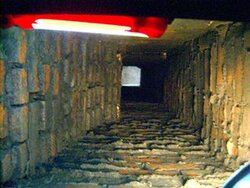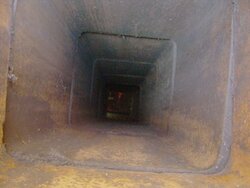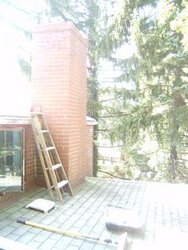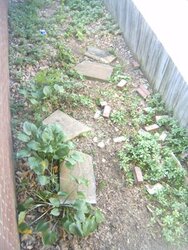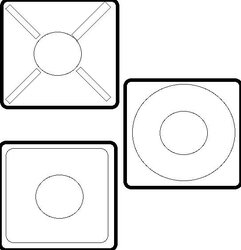I am still waiting to hear back from my dealer on this question so I thought 'why not get a second opinion first'?
They are telling me a combination of vermiculite fill with a few alternating layers of morter is a good option that they often use. But to fill a glass it needs a bottom, I dont understand what goes under the vermiculite to prevent it from just filling the house!
What product would be good to stuff down in to form a base layer that would hold the vermiculite or similar product and where can I get it?
My Clay flue is 16"x16" and the liner is 6".
My chimney has no bends... when you look down from the top you see the floor of the firebox.
They are telling me a combination of vermiculite fill with a few alternating layers of morter is a good option that they often use. But to fill a glass it needs a bottom, I dont understand what goes under the vermiculite to prevent it from just filling the house!
What product would be good to stuff down in to form a base layer that would hold the vermiculite or similar product and where can I get it?
My Clay flue is 16"x16" and the liner is 6".
My chimney has no bends... when you look down from the top you see the floor of the firebox.


